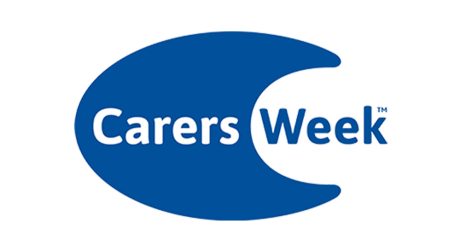Carers Week is an annual campaign to raise awareness of caring and, in particular, highlight the challenges for unpaid carers while recognising their contribution to their families and communities. This year’s theme, ‘Putting carers on the map’, intends to shine a spotlight on caring and ensure carers feel seen and respected.
Senior paralegal Sara Palinska outlines the case of a spinal injury patient whose wife became his carer, and provides an overview of the support available for carers.
Caring and carers: an overview
A carer is someone who looks after a family member, partner or friend who needs help because of an illness, injury, disability or mental health problem and the care is provided to them without pay. According to NHS findings, many carers take on a caring responsibility for another person without necessarily realising or acknowledging their role for up to two years after becoming a carer.
Following a catastrophic injury or serious illness, carers often form a vital part of a person’s rehabilitation at home, helping them with daily tasks or learning new routines related to their healthcare plan. Due to the close ties of love and affection between a carer and the person they may be caring for, the outside world can overlook their new-found role within the home.
For this reason, it is important to “put carers on the map”. The case study below sheds light on some of the realities of caring.
Stewarts case study
AN sustained a spinal cord injury while on holiday abroad. Although AN is making excellent progress in his rehabilitation, he remains dependent on support from his wife, AS, with most aspects of his daily life.
AS cares for AN alongside her full-time job, which supports the family financially. Taking on caring responsibilities for AN is a natural response for AS, as she is the person AN trusts the most, both emotionally and physically.
However, AS becoming AN’s carer has shifted their family routine and dynamic. Before AN’s accident, he led an active life and played a big role in the household, preparing evening meals, helping the couple’s daughter with her school routine and doing DIY around the house. Since AN’s injury, AS has incorporated all these tasks into her own day, often starting at 5am to fit it all in, as well as helping AN with daily tasks such as getting washed and dressed.
Although she works full-time, AS is fortunate that she has a relatively flexible job. This means she can come home if AN has an emergency or requires extra support during the working day.
AS says one of her biggest challenges has been manoeuvring AN physically to help him with bathing or mobilising. AS explains that although AN is slowly becoming more independent, the couple spend most of their time together, including going to the supermarket, visiting friends or heading out to the park. Every one of these seemingly normal day-to-day activities has become an opportunity for AN to practise his mobility with AS’s support.
AS says becoming a carer is like having a second full-time job, but she is happy to do it so that she, AN and their daughter can enjoy a family life as similar as possible to how it was before AN’s accident.
Support for carers
There are various resources for carers, such as Carer’s Allowance, which you can read about in our previous article, ‘What support is available for carers?’
For carers to people with spinal cord injuries such as AN, support is available from the Spinal Injury Association (“SIA”). Information about how to contact them is available on their website.
Carers UK is a charity that supports family and friends who become carers by providing resources such as workshops on how to care for people with specific needs or local support groups. To get in touch with Carers UK, please go via their website.
Equally, Carers’ Trust can offer resources to carers, such as grants for a family holiday or support with a carer’s own health and wellbeing. To find out more, please visit their website.
Subscribe – In order to receive our news straight to your inbox, subscribe here. Our newsletters are sent out once a month.






